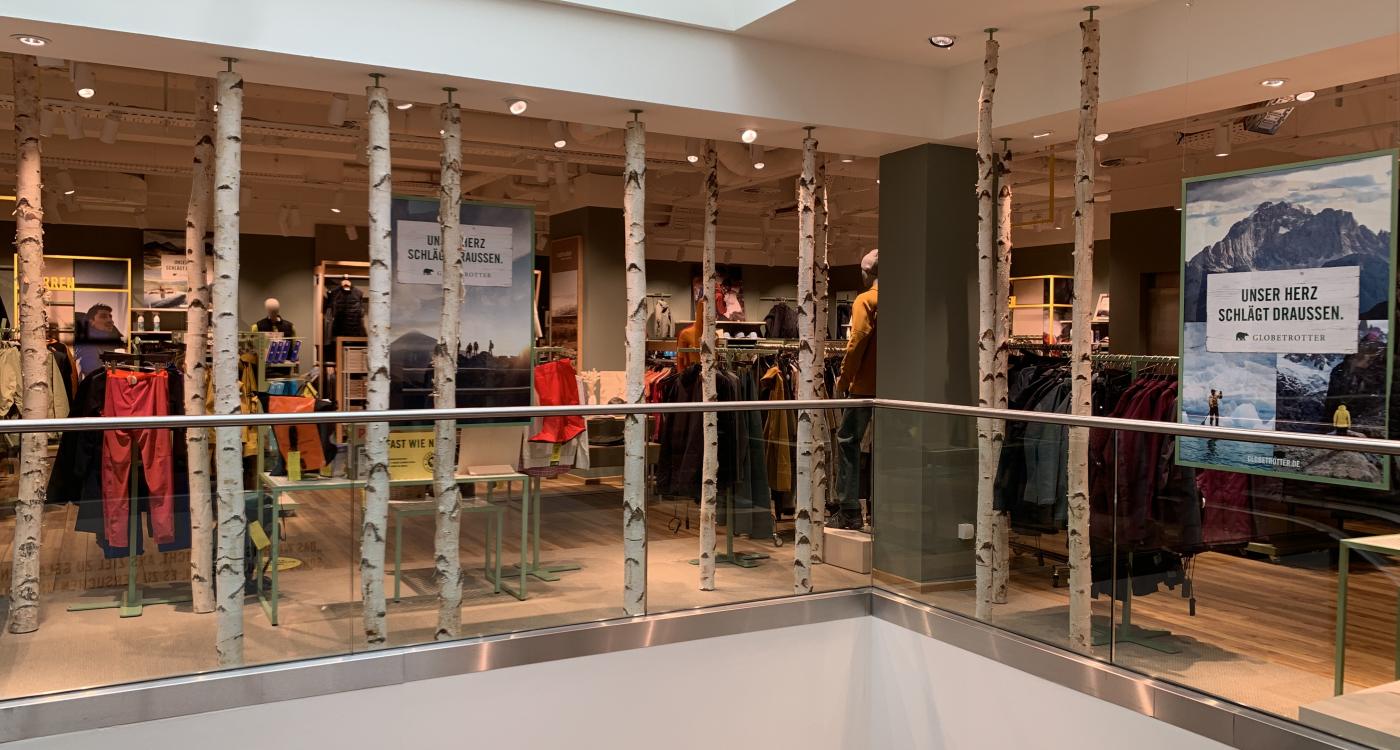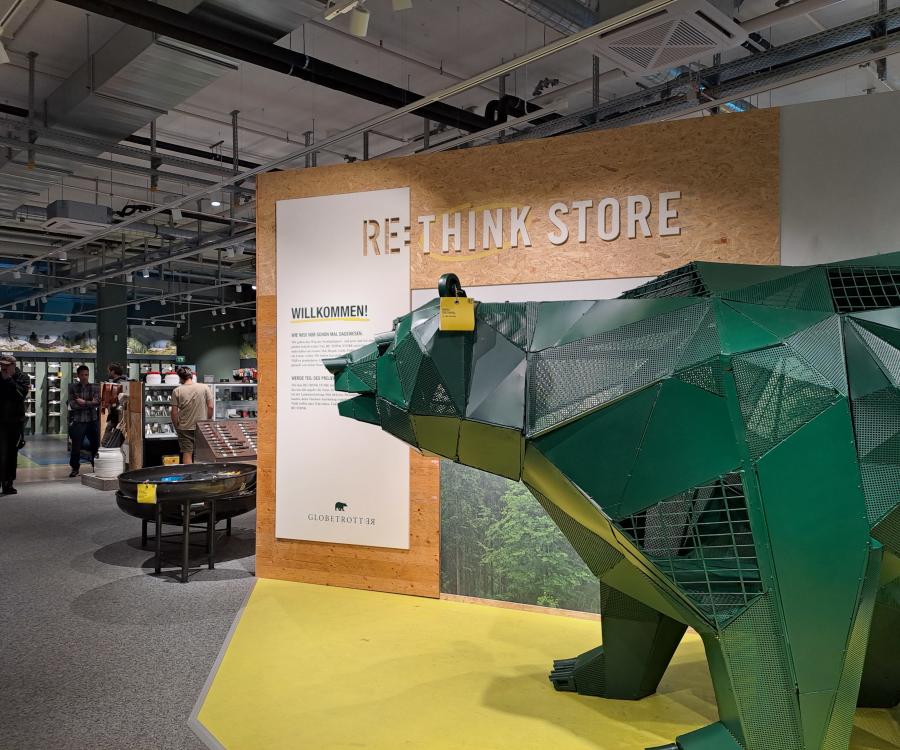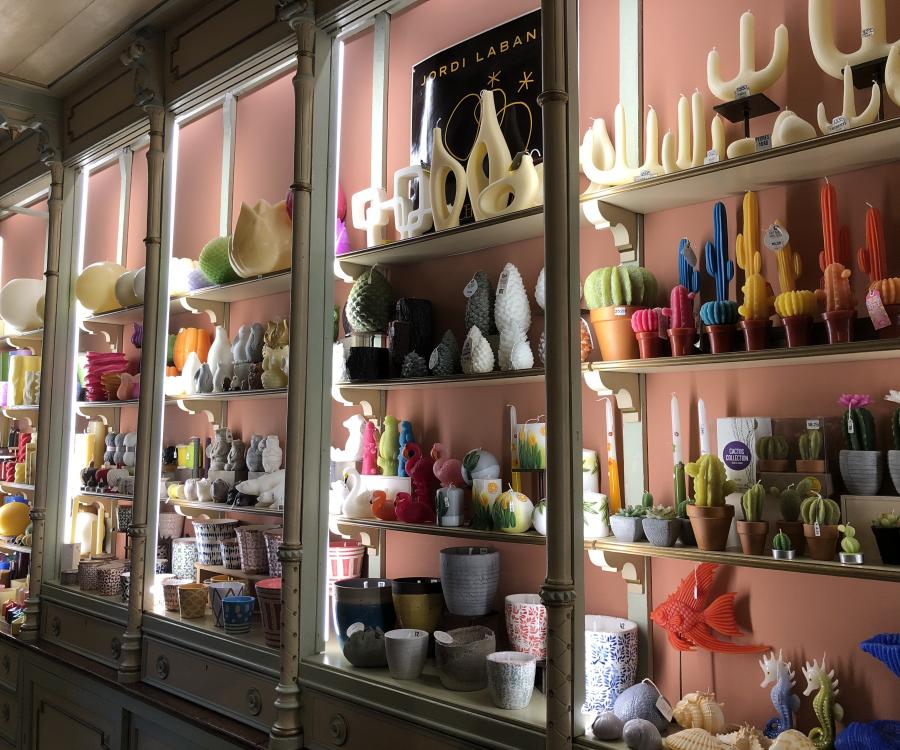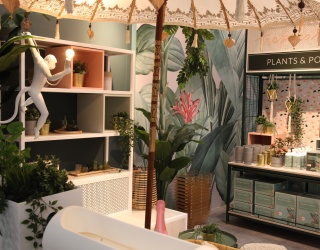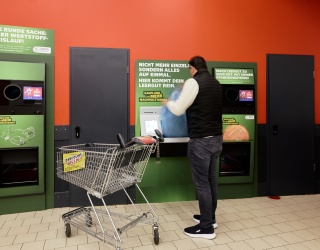In today's world, where sustainability is playing an increasingly important role, companies are focusing more on environmentally friendly practices. One example of this is Globetrotter, a retail brand known for its outdoor equipment and adventure clothing. However, it is not only the products, here, even the store design follows an environmentally conscious approach.
Building from surplus stock and old furniture
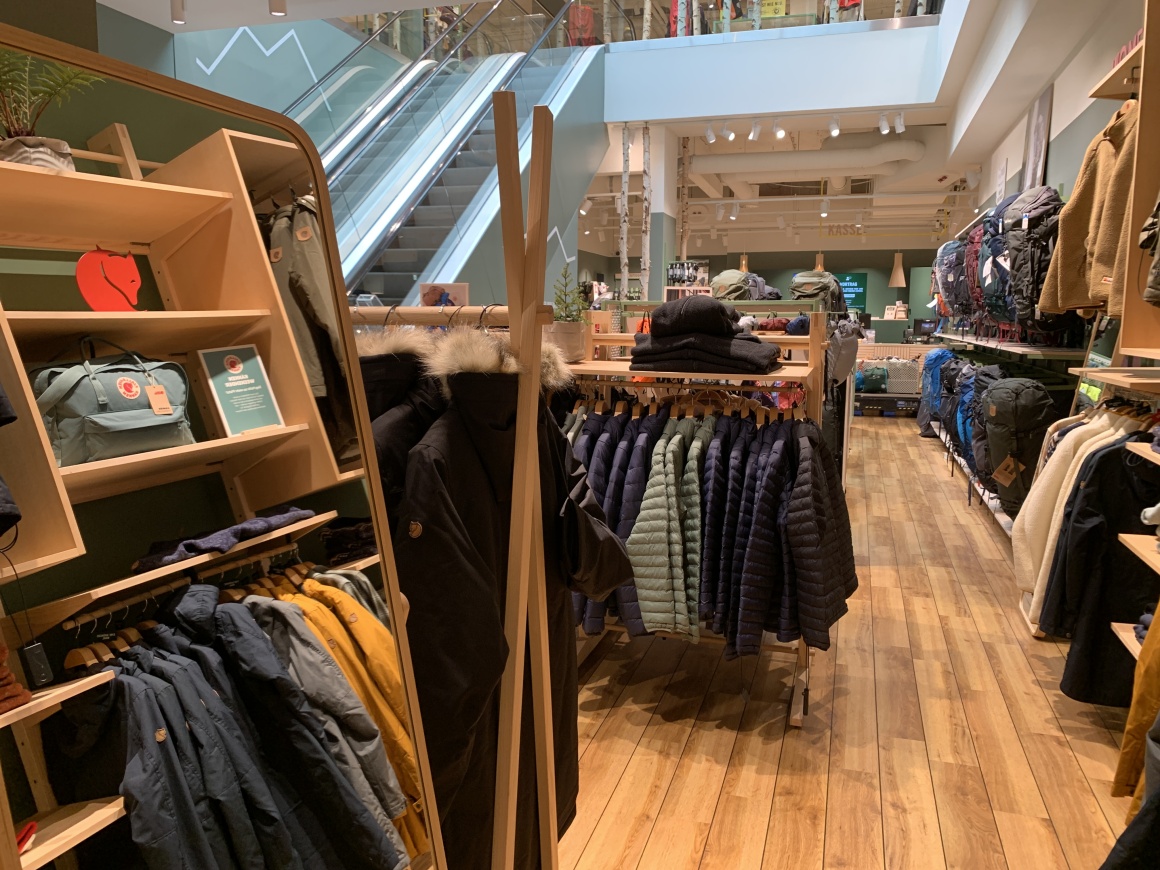
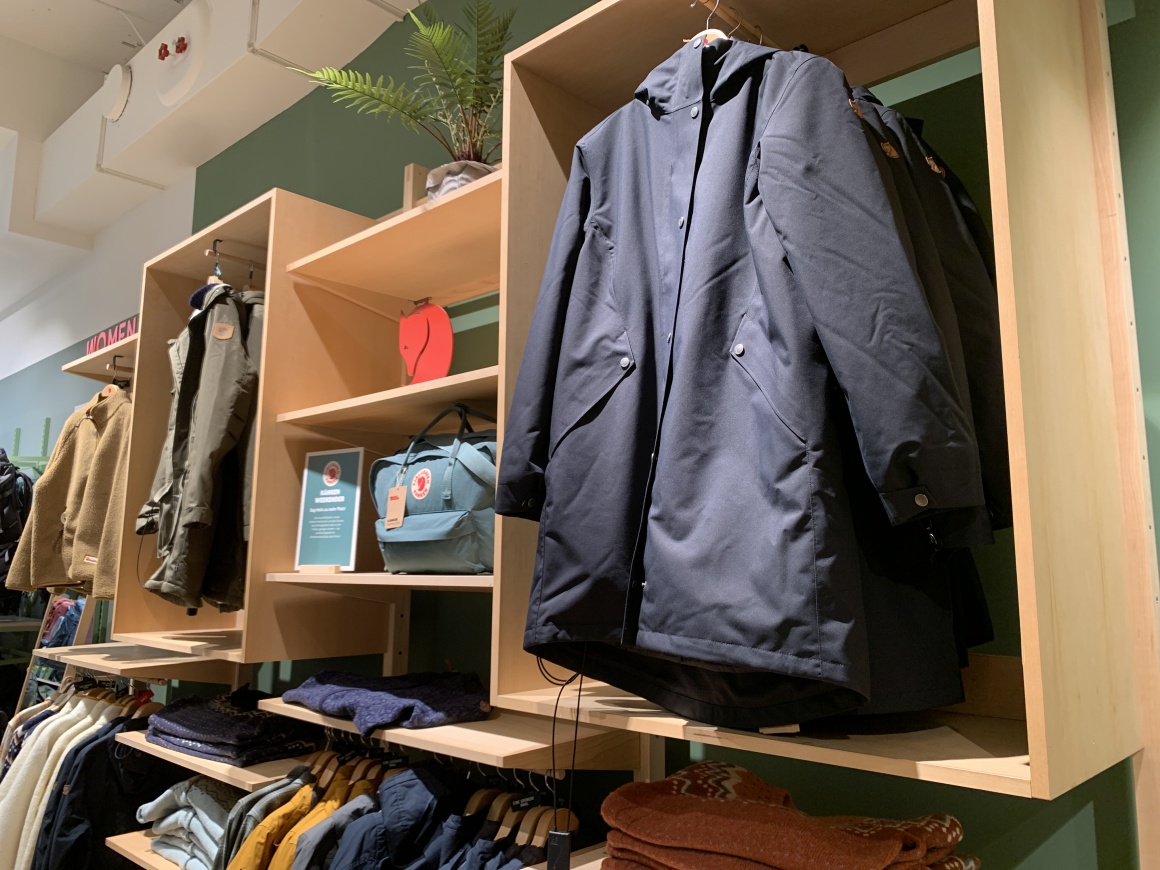
A visit to the Globetrotter store in Düsseldorf and a conversation with store manager Alexander Szameitat revealed a look behind the scenes of store design that goes far beyond mere aesthetics. Instead of relying exclusively on new materials, Globetrotter focuses on reuse and recycling. In these so-called City Stores in particular, a large part of the shopfitting is put together from surplus stock and old furniture from other stores. This concept not only reduces the need for new resources, but also gives the furniture a second life, which in turn reduces the company's ecological footprint.

A particularly impressive example of Globetrotter's sustainability practices is the ceiling of the store in Düsseldorf. Instead of installing a new ceiling, the existing ceiling, which had remained unchanged for the last 20 / 30 years, was simply painted over once. It’s a clear visual cue to the company's commitment to reducing waste and using resources sparingly.
Modular furniture for flexibility
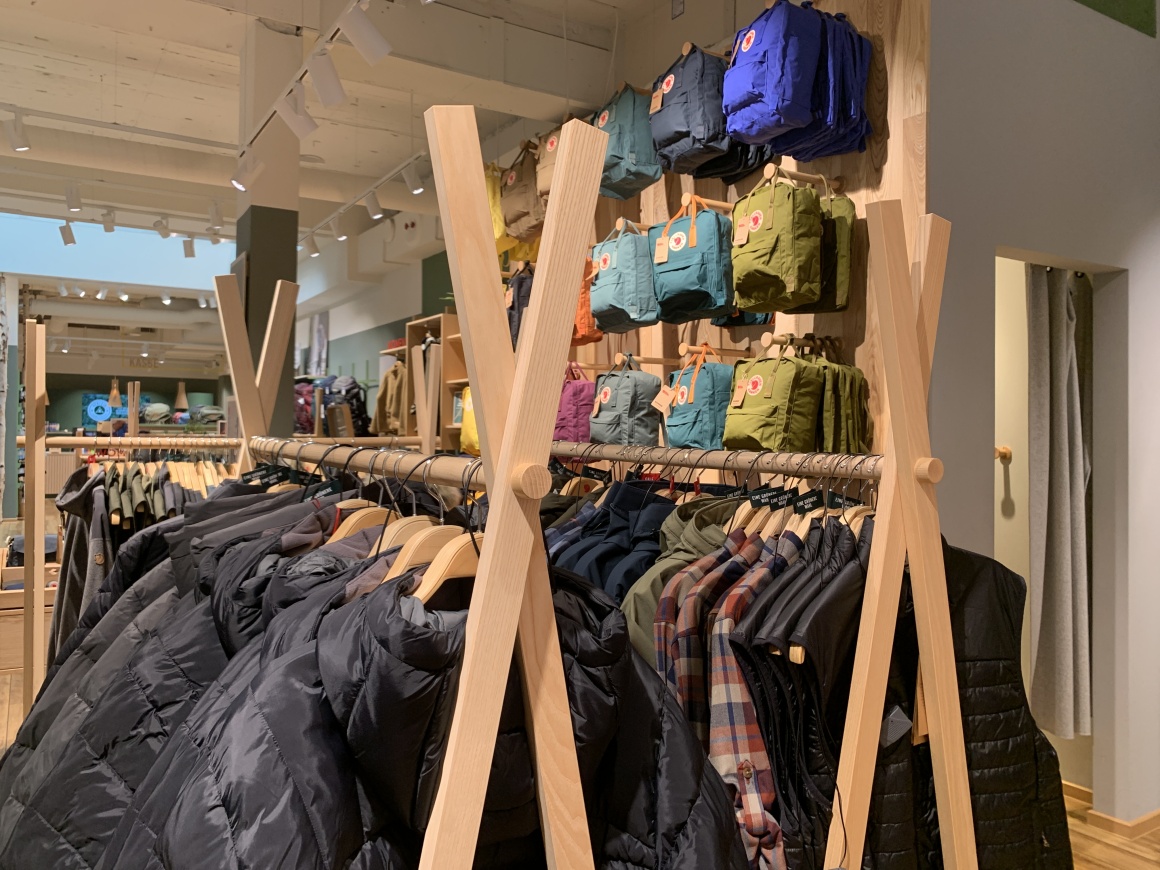
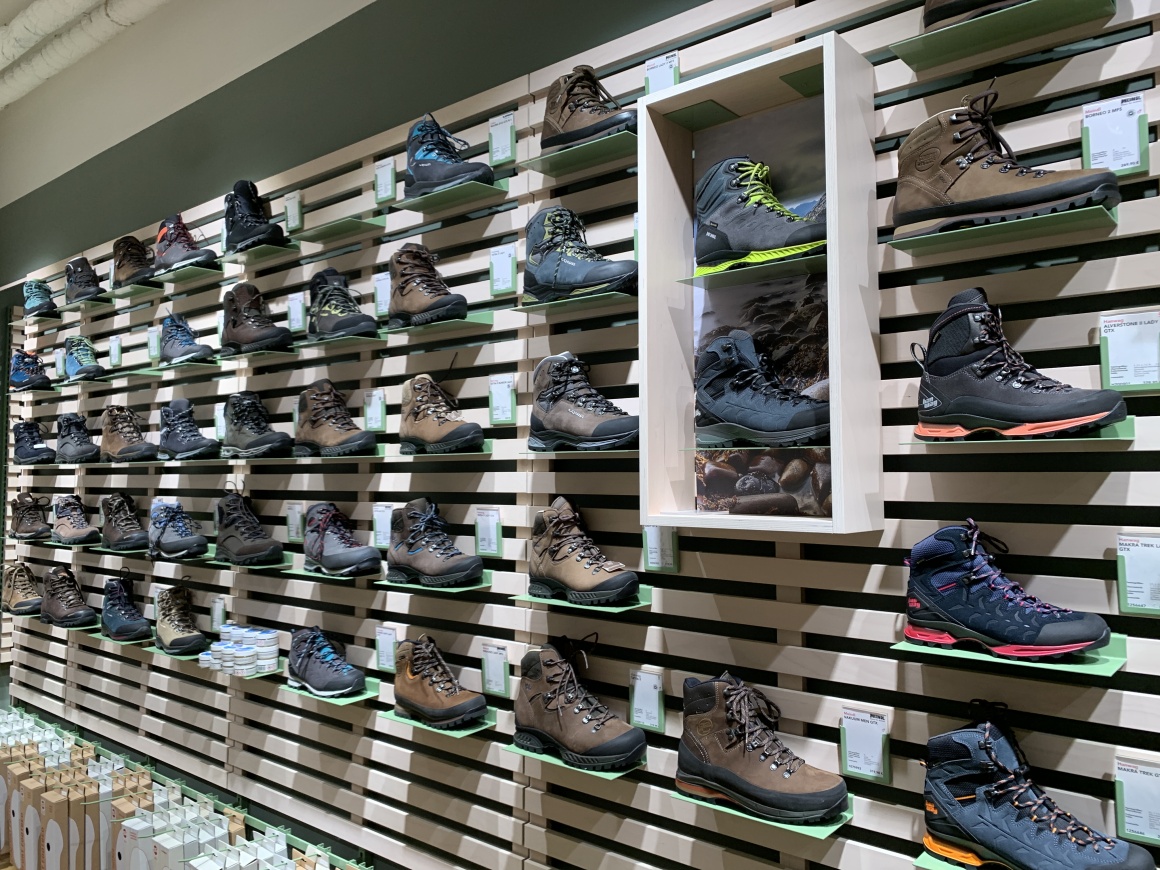
Flexibility in shopfitting is another important aspect that Globetrotter pursues. The store furniture is modular in design and can be quickly converted and adapted. This flexibility allows the store to shift to meet changing requirements, be it seasonal changes in the product range or special events and promotions. The ability to easily move and reconfigure furniture means that the store can dynamically change and redesign its appearance time and time again without incurring major financial or environmental costs.
Clothes hangers made from renewable raw materials

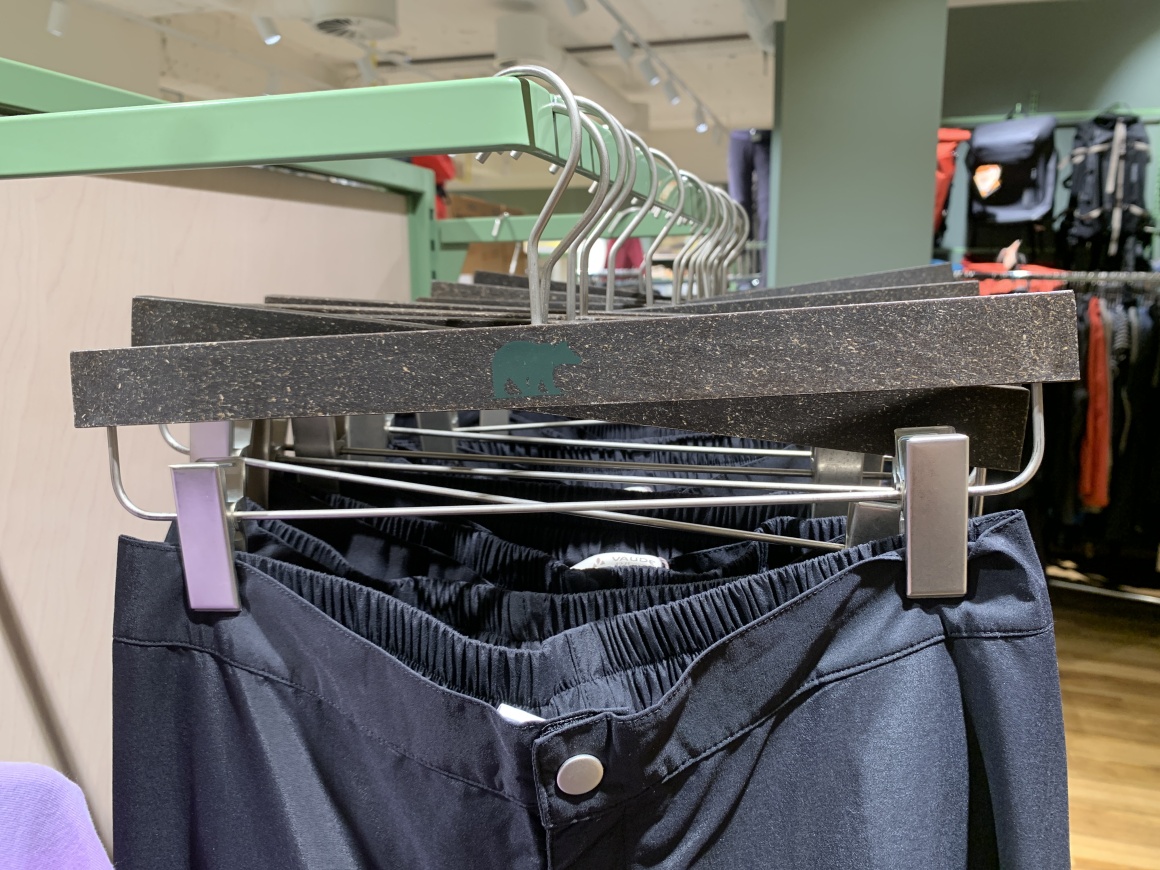
Another focus is on the choice of materials. Sustainability is also at the forefront here. Preference is given to environmentally friendly materials that are durable and conserve resources. One example of this is the clothes hangers made from a special plastic mixture that is blended with natural materials such as grass. These hangers are not only robust and durable, but also environmentally friendly as they are made from renewable raw materials.
Repair workshop in the store
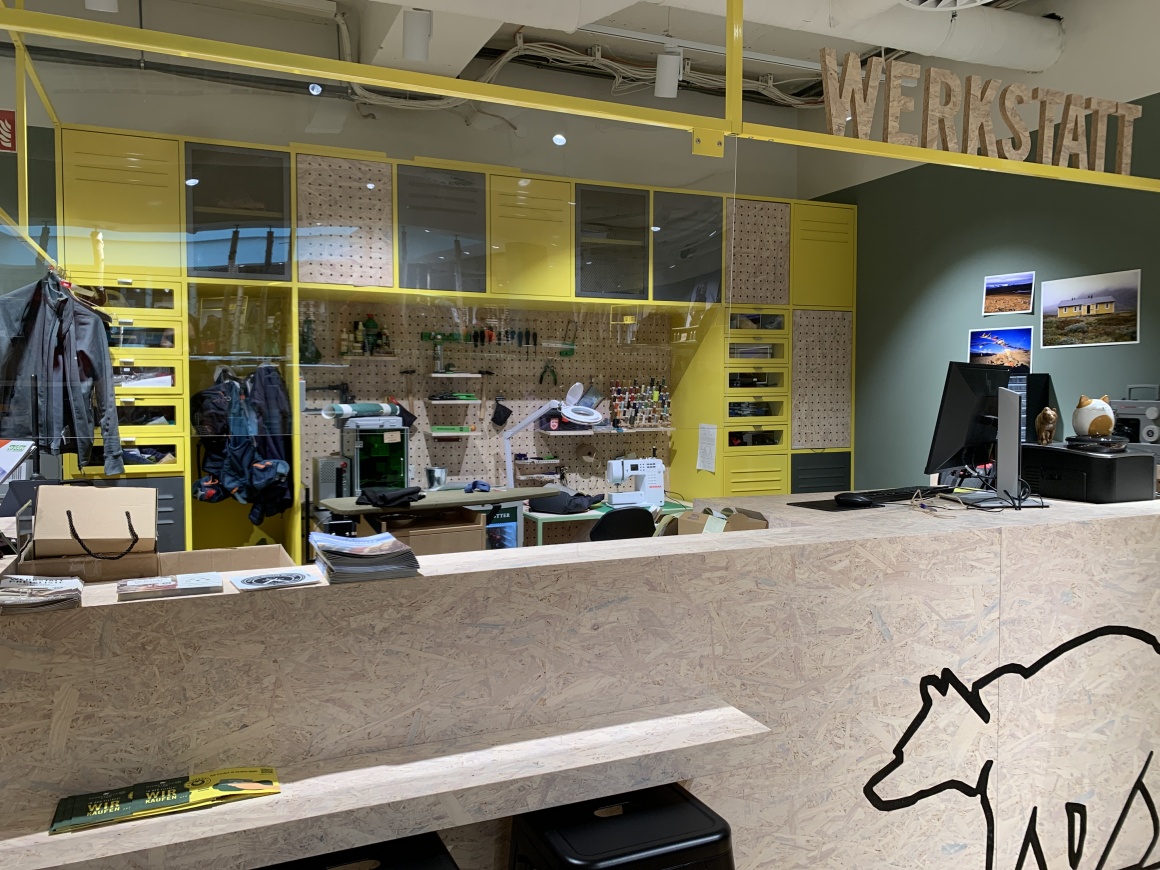
In addition to environmentally friendly practices, the Globetrotter store in Düsseldorf also offers an on-site repair workshop. Customers can have their outdoor equipment and clothing repaired instead of throwing it away and replacing it with new products. This initiative not only promotes product longevity, but also reduces the need for new purchases, thus helping to reduce the environmental footprint.
Sustainable retail
Overall, a look behind the scenes of Globetrotter's store design shows that sustainability and flexibility are not just empty promises but firmly anchored in the company's business practices. By using recycled materials, modular furniture and environmentally friendly products, Globetrotter is setting an example for a sustainable future in retail and demonstrating that environmentally conscious action is possible.

